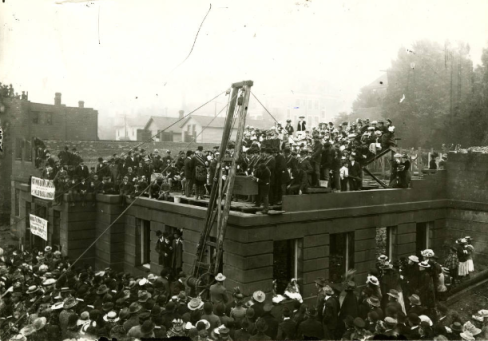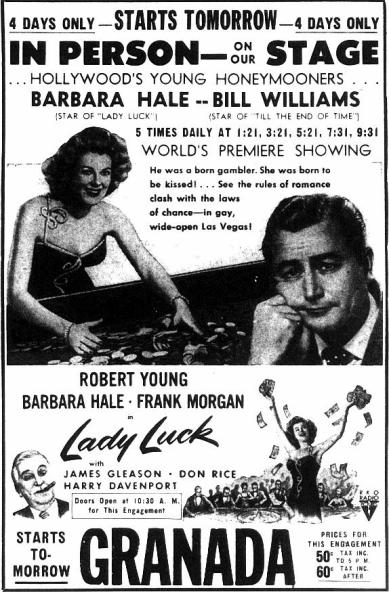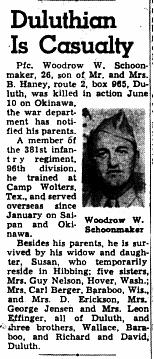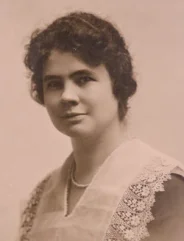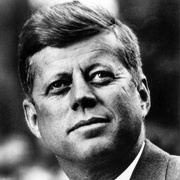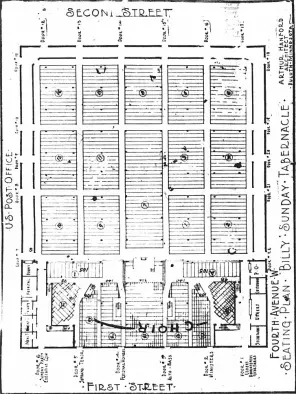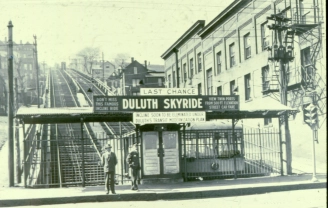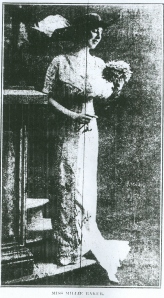Duluth’s Emerson School, named for poet Ralph Waldo Emerson, served the Central Hillside, or Observation Hill, neighborhood as an elementary school at 1030 West Third Street for over 90 years, from 1892 to 1982. In the early years, the neighborhood around Emerson was largely made up of immigrant families, predominantly Italian-Americans—hence the nickname “Little Italy” for the area around Eleventh Avenue West and Third Street.
The construction process began at the December 6, 1890 meeting of the Duluth School Board, when the board ordered staff to advertise for bids for excavation and construction of the foundation for Emerson School. The school system was also in the midst of building Central High School, so it was a busy time. The need for more school buildings was evident in a statistic that was discussed at the same meeting: the number of children enrolled in Duluth public schools at the end of that November was 3,349, an increase of about 600 over the previous November.
At a board meeting on January 20, 1891, proposed designs for Emerson were submitted by three architects. The board took them under consideration, and at their meeting the next week they announced their acceptance of the plan proposed by architect Adolph F. Rudolph. Rudolph was well known by the board. He had been commissioned to design Endion School in 1889. Later, he would produce drawings for Lowell School in Duluth Heights and in 1901 the Duluth Public Library at 101 West Second Street.

From the Annual Report of the Duluth Public Schools 1890-91
Rudolph’s plan for Emerson was modeled on the Endion plan, with some changes that would make it “architecturally unpretentious, so far as ornamentation goes.” According to the January 28, 1891 Duluth Evening Herald:
The school will cover an area of 8,200 square feet, the four faces of the building being 100 feet long. The slope of the site is such that four extra rooms are planned for the basement, making sixteen rooms in all. The materials to be used are Cleveland gray stone and brick. The cost is estimated at $35,000.
Emerson, according to the school board, would be ready to open to students in January of 1892 and would relieve the crowded situations in both Jackson School (5th Avenue West and Third Street) and Adams School (17th Avenue West and Superior Street). Continue reading
